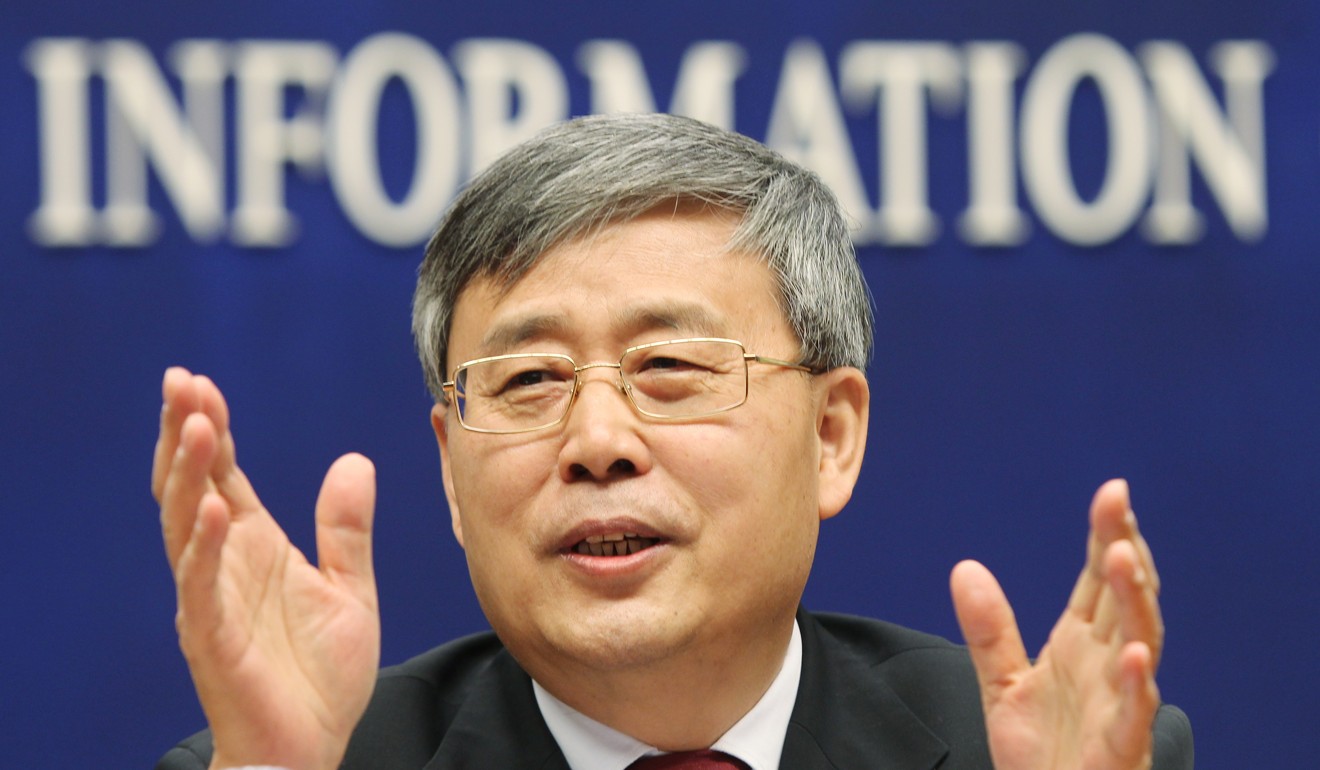
Analysis | China can deflate the world’s largest credit bubble in an orderly fashion
China’s authorities are committed to orchestrating an orderly unwind of US$3 trillion worth of excess credit and the resultant distressed debt on banks’ balance sheets by employing a multi-pronged, market-based approach.
In our view, there are essentially three alternative paths for resolution. Firstly, let’s consider a government bailout.
Today’s situation is very different from the period 2002 to 2004 when Beijing launched an earlier government bailout of the state-owned banking system. Many of the financial institutions that received support at that time are now publicly listed.
Recently authorities have been deliberate in saying that they do not want to bail out private equity holders. They also recognise that a bailout embeds moral hazard, as it can send the impression of a “sovereign put” that promotes reckless risk behaviour and which also produces poor quality GDP growth.
Secondly, is the concept of “extend and pretend”. After witnessing the lack of restructuring in Japan after their credit bubble in the early 1990’s, and the ensuing 20-plus years of deflation, Chinese authorities have been vocal that this is not a viable path.
Thirdly, is a market based approach similar to the one used by the US in 2008 to 2010. Reducing unproductive debt is necessary to realign the economy and restore longer-term growth.

We have had multiple discussions with senior Chinese policymakers who have consistently said they are committed to a market-based approach and would only consider a government bailout or “extending” in a crisis situation.
Chinese authorities are already in the process of implementing this market-based approach through a number of initiatives. They have been encouraging increased recognition of non-performing loans (NPLs), including greater enforcement of accounting regulations, increased loan loss provisioning, and expanded conduits for the sale of bad assets.
Moreover, we view the recent appointment of Guo Shuqing as head of the China Banking Regulatory Commission (CBRC) as a clear sign that authorities are intent on accelerating NPL resolutions and unwinding excess leverage in the economy.
Guo hasn’t wasted any time. In “Circular 46” issued in April, the CBRC stepped up its enforcement of prohibited accounting practises that banks have been employing to understate credit exposure and warehouse problem loans, particularly in relation to interbank exposure and wealth management products. This will culminate in what we believe will be an increased flow of NPL portfolio sales this year.
As NPLs emerge, banks have been taking increasingly large provision expenses, and this will continue for the foreseeable future in our view. In the last two years alone, the banking system has taken approximately US$325 billion in provisions for bad debts. As a result, loan books are progressively being marked-to-market, allowing for reserve pricing of NPLs. This is translating into increased NPL portfolio sales.
Given the sheer size of the credit excess, we believe there will be many avenues used to coordinate an orderly deflating of the bubble, including:
NPL portfolio sales: sales are already increasing (at a controlled pace), and we expect this to increase further as banks continue to provide for bad debts and the CBRC encourages NPL disposals.
Establishing more provincial and local AMCs: more Asset Management Companies (i.e., China’s “bad banks”, known as AMCs) increase the number of channels and conduits for the disposal of NPLs (total AMCs have gone from 132 two years ago to now 156, with local-level AMCs going from 11 to 35).
Local Government Financing Vehicles (LGFV) debt swap programme: as LGFV loans mature, banks are swapping these into the equivalent of municipal bonds (there is approximately US$3.5 to US$4 trillion in total LGFV debt). This programme is designed to “amend and extend” local government debt and develop a municipal bond market. As well, these municipal bonds can be posted as collateral to the central bank, allowing banks to access liquidity. This programme has gone a long way in realigning poorly structured loans to project-based borrowers while simultaneously creating a new vehicle for banks to better manage their liquidity, thereby reducing system risk.
Development of the corporate bond market: this diffuses credit risk away from bank balance sheets to reduce concentration/systemic risk, and extends maturities to better match debt amortisation schedules with borrowers’ cash flows. The corporate bond market has already grown rapidly, from US$500 billion in 2010 to US$2 trillion in 2016. Authorities are now developing internationally accepted credit ratings, credit enhancement, and credit insurance to institutionalise this market.
Developing an NPL-backed ABS market: since restarting in May 2016, six banks have issued fourteen NPL-backed Asset Backed Securities (ABS) totalling US$2.3bn and we expect issuance to accelerate going forward.
Encouraging IPOs: we understand hundreds of IPOs are in queue to access equity capital rather than relying on bank borrowing.
Debt-for-Equity Swaps: so far, swaps have targeted only state owned entities (SOEs) with leading positions in industrial sectors with over-leveraged balance sheets. This helps reduce system leverage and risk. Deutsche Bank estimates that US$215 billion will be swapped in this initial trial phase, and we expect it to be expanded after this trial.
Encouraging consolidation (mergers and acquisitions): ultimately, we believe consolidation will also occur as companies with healthier balance sheets absorb poorly placed competitors.
With all of these activities occurring in a coordinated and deliberate manner, we believe the probability of event risk -- when the market gets flooded with NPL portfolios and property prices collapse -- is quite low.
This multi-avenue approach should allow for property prices to remain stable or deflate at an orderly pace as credit imbalances are corrected, system leverage is reduced, and NPLs are addressed.
We are not suggesting this process is easy or without risk, rather that China continues to build its arsenal of tools to avoid any major event risk.
Andrew Brown is a partner for macro and strategy at ShoreVest Capital Partners

